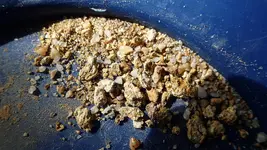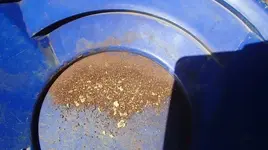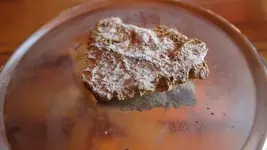Well I’m no expert, but it sounded like there was a sulfide material being roasted and ground up to liberate free gold? I suppose my experiment would be to split a sample and roast one and not the other and see if there is any measurable difference in recoverable gold? I don’t want to get into the weeds here, but I was wondering if it had been proven that the gold that was being recovered was actually the result of roasting sulphides and not just a by product of additional efforts beaking down the fines. Does that make sense? No need roasting sulfides if you are not getting a decent recovery from the roasting process. I met a miner once that later died from roasting sulfides.
Sorry for the loss of your friend, roasting sulfides can be dangerous.
The big boys use flotation cells to recover sulfides, we artisanal miners rely of roasting.
If I'm unaware of an ore samples make up, I'll have a full elemental ICP analysis done.
Most of the elements listed below are toxic.
Source. Opens as pdf file.
Sulfide-Associated Gold
Gold is often associated with many sulfide minerals including arsenopyrite, pyrite, chalcopyrite and galena. Often a portion of the sulfide-associated gold can be considered free milling while the remainder is occluded or very finely disseminated within the sulfide matrix.
While the free-milling portion can be recovered by traditional gravity or cyanidation processes discussed above, the sulfide-associated gold can cause issues with these processes.
Some sulfide minerals consume large amounts of cyanide or dissolved oxygen (critical to the cyanidation process) and make
whole ore leaching impractical or uneconomic.
The ultra-fine gold particles associated with sulfide minerals are often too small to recover by gravity and very expensive liberate by grinding.








